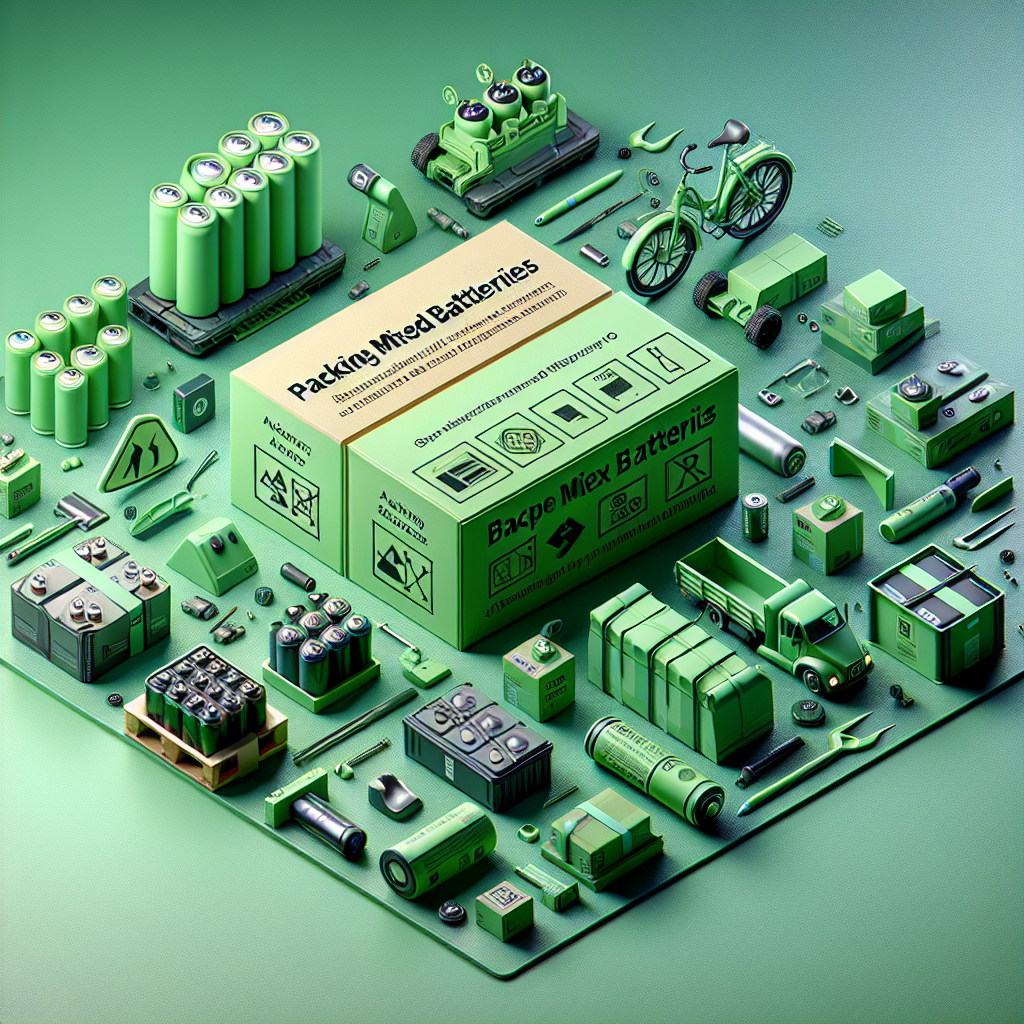Blog Ecobraz Eigre

How to pack mixed batteries for transportation (ADR/ANTT)?
Understand the importance of packaging mixed batteries correctly
The transportation of mixed batteries requires specific precautions to ensure safety during handling and transportation. Batteries, generally made up of different chemicals, present risks of short-circuiting, leakage and combustion if they are not packed in accordance with the ADR (European Agreement on the International Carriage of Dangerous Goods by Road) and ANTT (National Land Transport Agency) regulations.
Battery classification and identification
Before packing, it is essential to correctly identify the types of batteries (lithium, lead-acid, nickel-cadmium, among others) and classify them according to their risk. Each type has specific UN codes that indicate its dangerousness and guide the safest way of storing and transporting it.
Preparing for packaging
For used or discarded batteries, it is essential to ensure that they are free from damage that could cause leaks. The terminals must be insulated with suitable tape to prevent short circuits. In addition, they should be clean and dry, avoiding contact with flammable or corrosive materials.
Recommended materials and types of packaging
Use sturdy, liquid-proof packaging made of non-conductive material. The boxes should be made of reinforced cardboard, resistant plastic or metal, depending on the regulations. The internal packaging should contain separators or dividers to prevent contact between the batteries.
Quantity and grouping according to ADR and ANTT standards
The volume and weight of batteries per package follow defined limits to reduce risks. It is important not to exceed the maximum permitted weight and to avoid very large packages that make safe handling difficult. Grouping by chemical type facilitates inspection and minimizes dangers related to chemical reactions between different batteries.
Labelling and required documentation
The packaging must bear specific labels that indicate the hazardous content, such as the battery symbol, UN number and handling warnings. In addition, the documentation accompanying the transport must be up to date and contain detailed information on the batteries, including safety data sheets and emergency contacts.
Tips to ensure safety during transport
Ensure that the packages are well sealed and positioned stably in the transport vehicle, avoiding movements that could cause impacts or falls. The vehicle and driver must comply with the training requirements set out in the legislation and have suitable emergency equipment.
Conclusion
Transporting mixed batteries in compliance with ADR and ANTT standards is essential to prevent accidents and guarantee the integrity of the product and those involved in transportation. Correct packaging, identification and documentation are fundamental steps in this process, which involves significant risks if they are neglected.

Deixe um comentário
O seu endereço de e-mail não será publicado. Campos obrigatórios são marcados com *